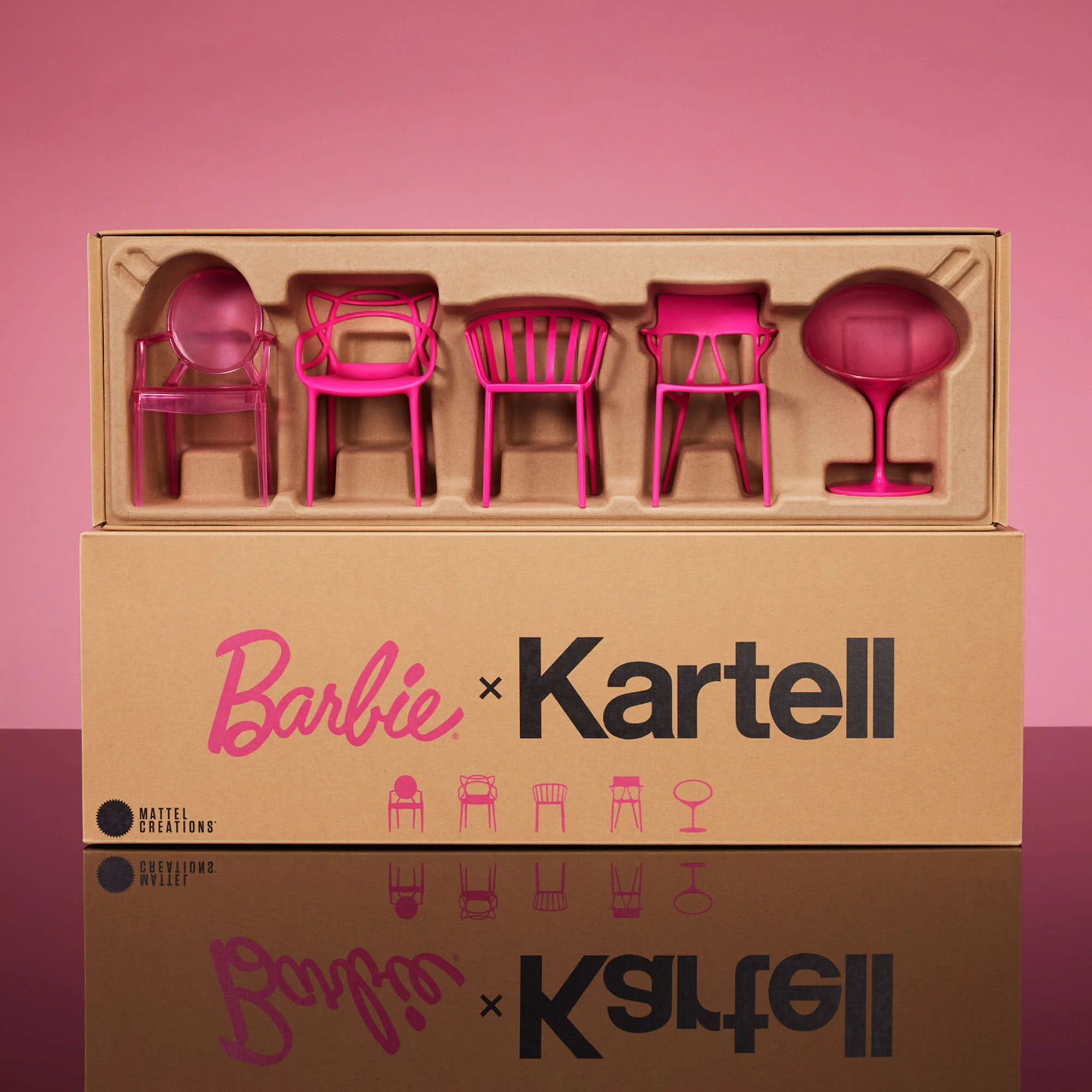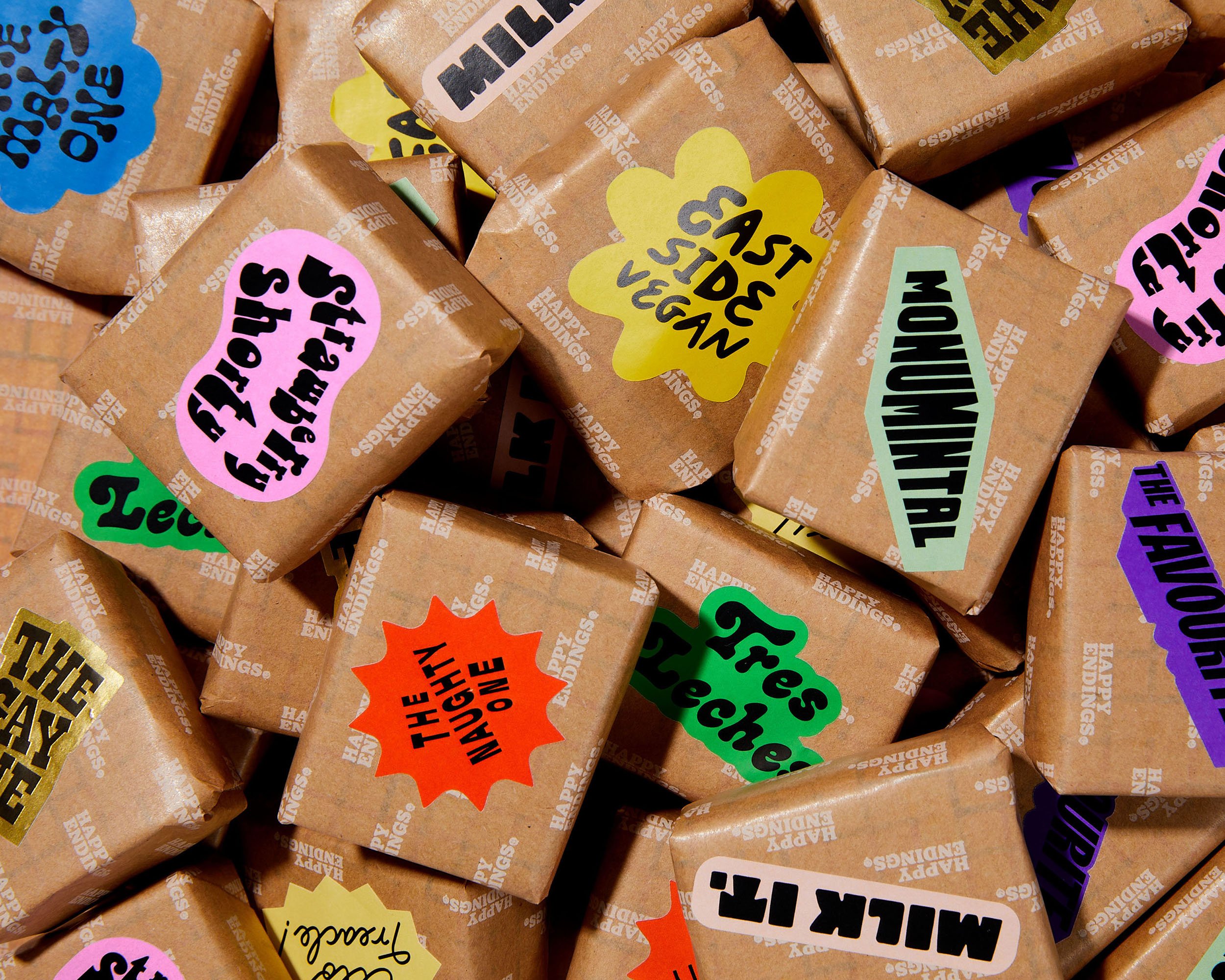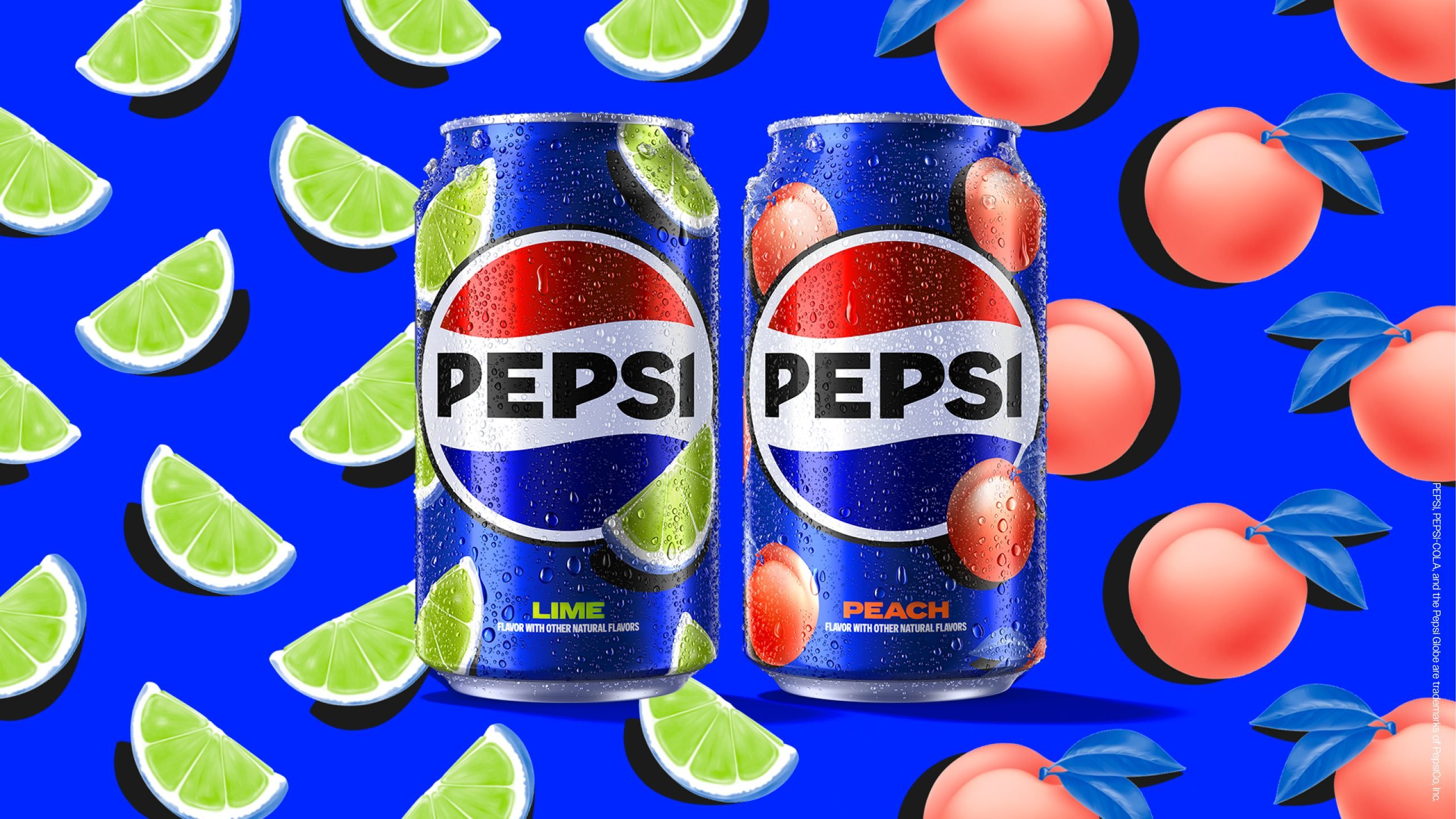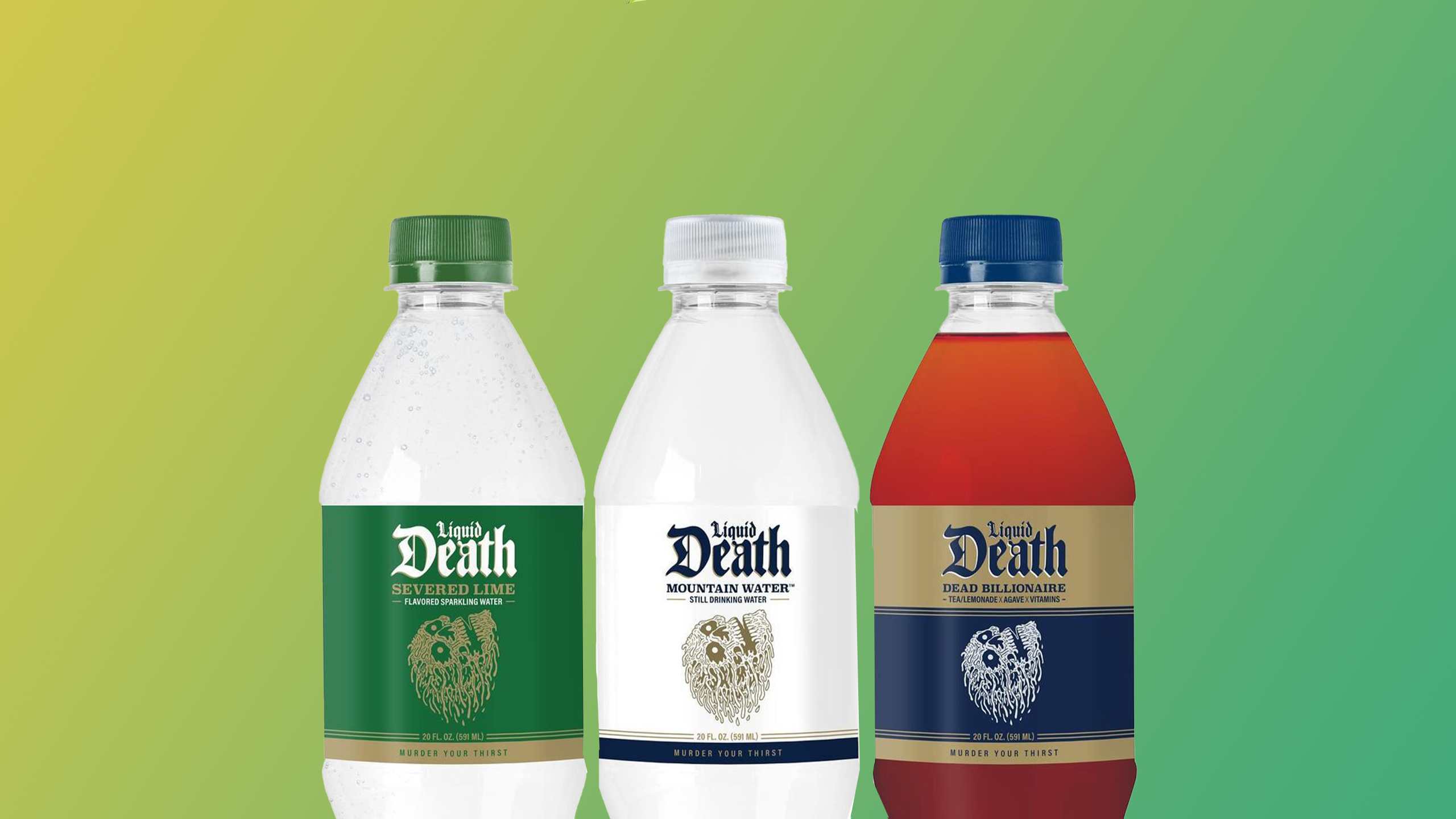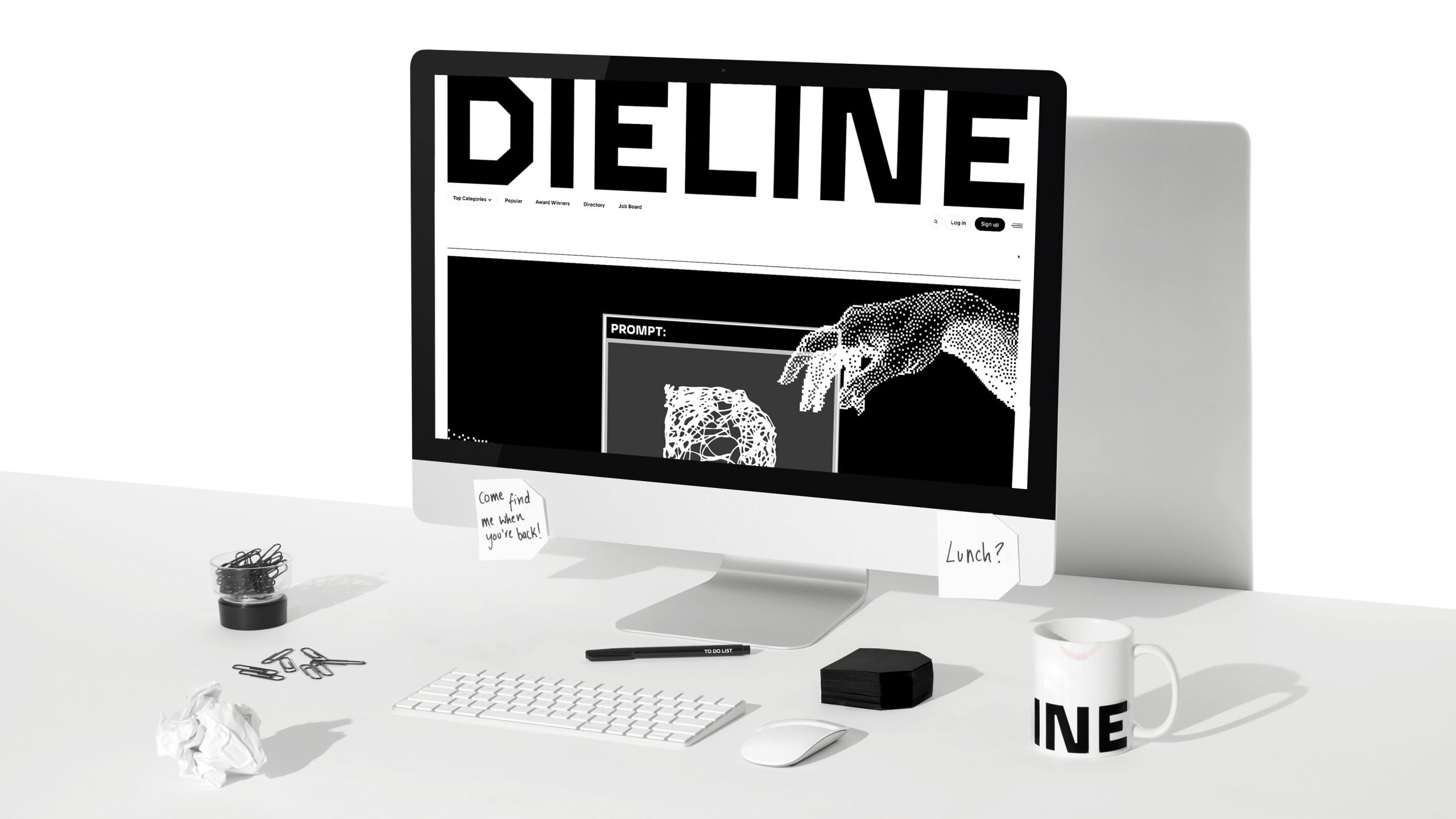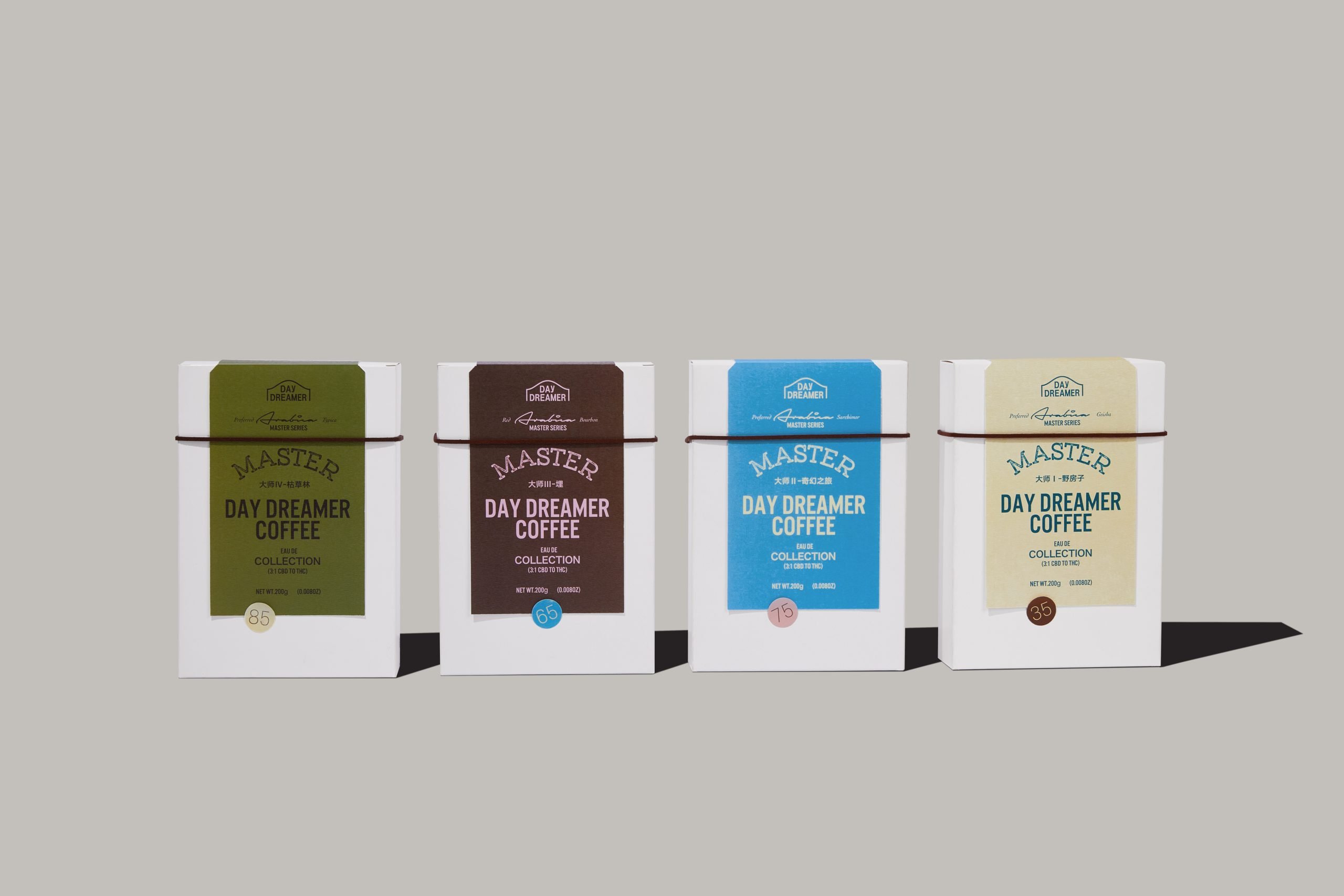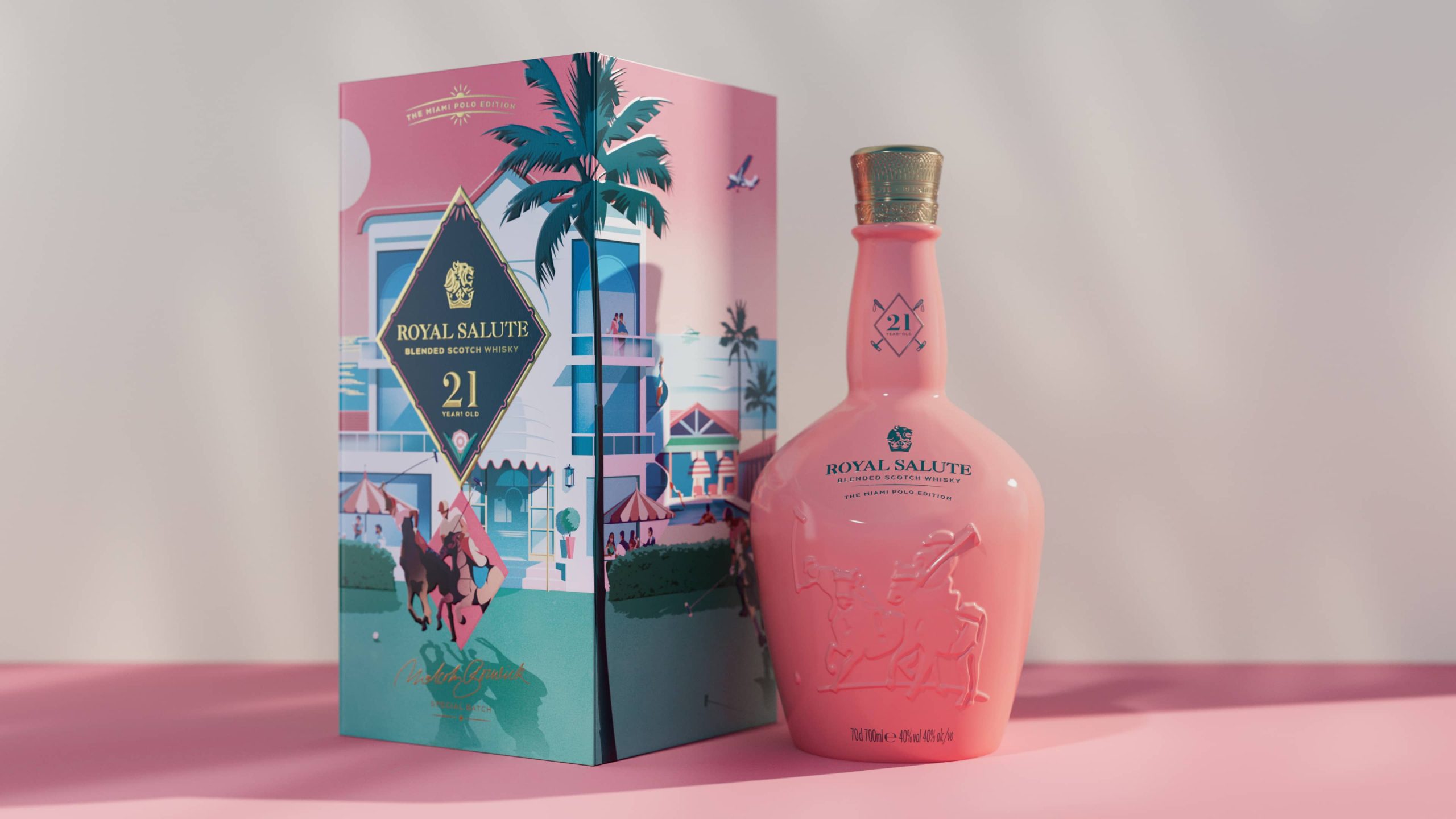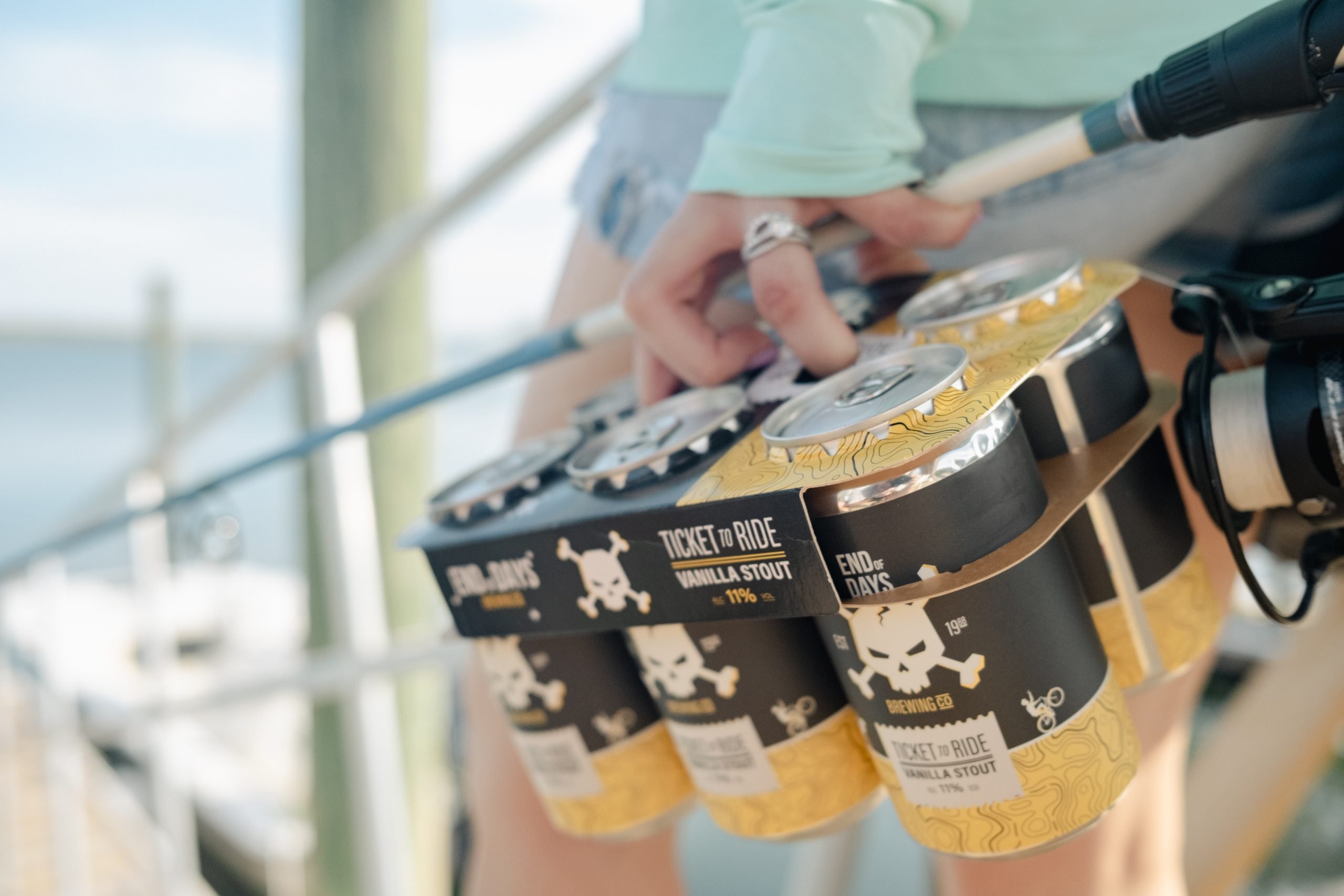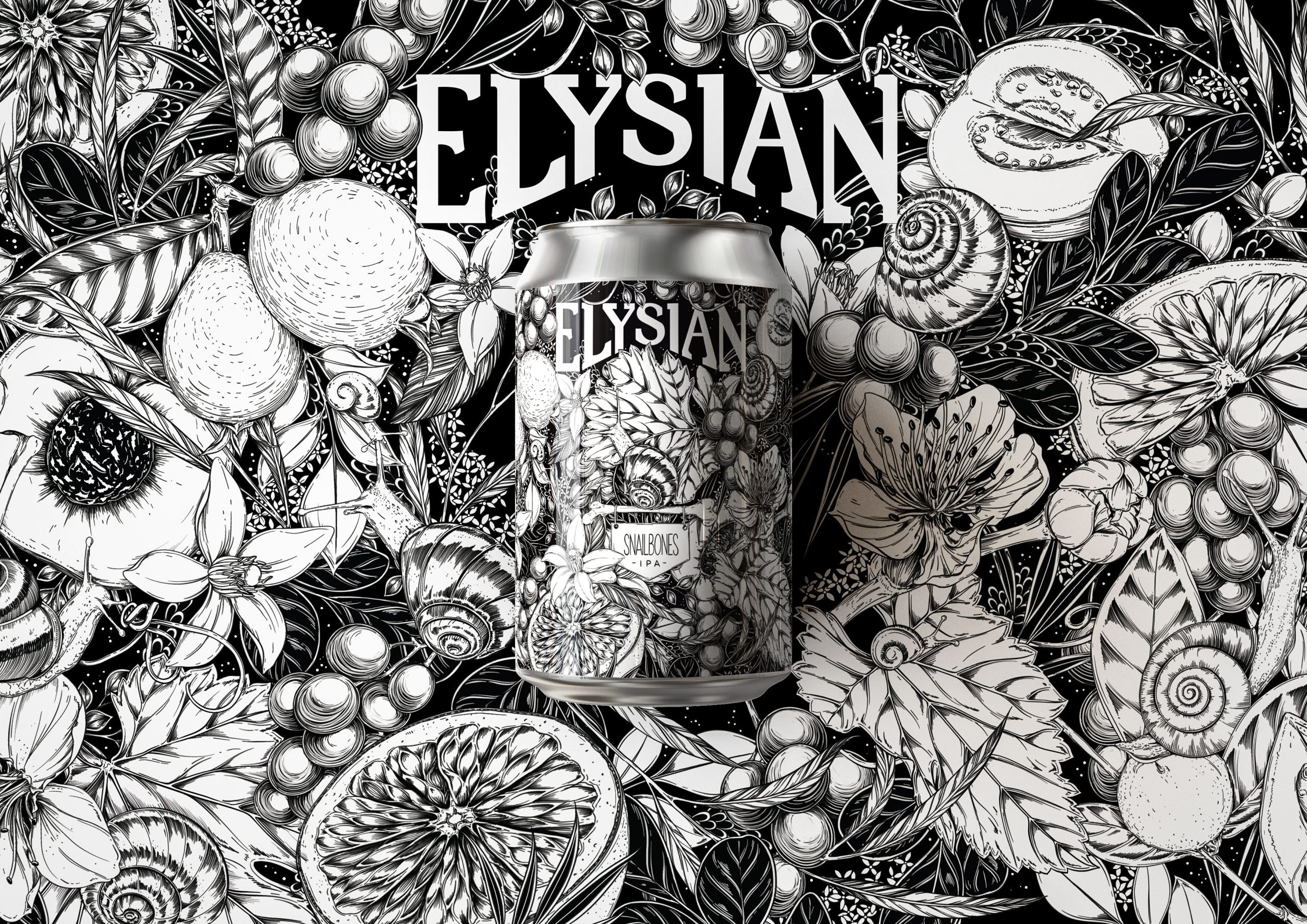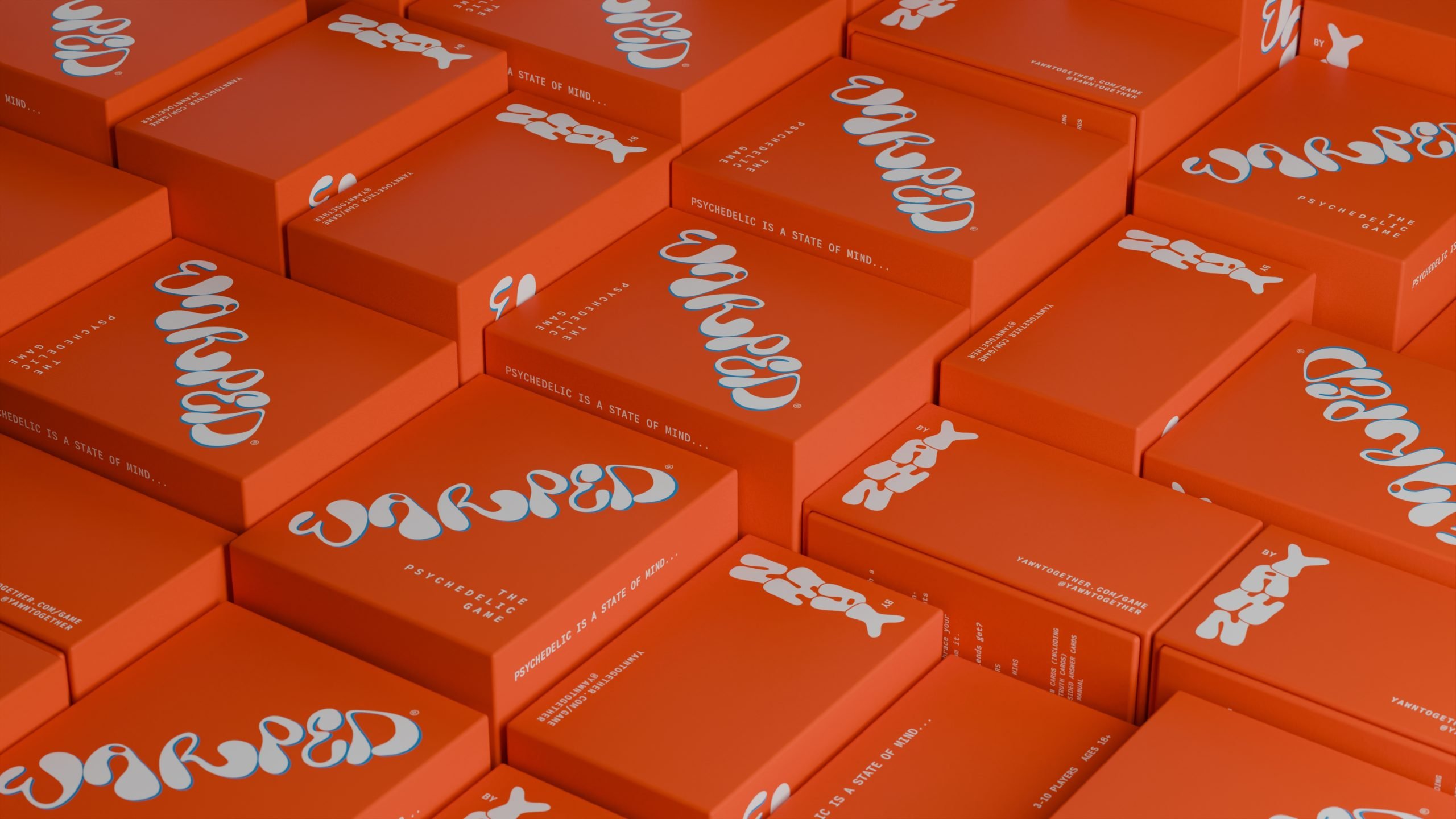There’s a lot of kombucha in this world. And plenty of brands will throw out loaded terms like “artisanal,” “organic,” “craft,” and the always murky “sustainable” when announcing their wares.
Sometimes, the best way to cut through the crowded clutter is to just look better than everyone else on the shelf. Slug Club clearly got the memo.
The Argentinian brand is still trying to find its footing in South American markets, and the kombucha brand wanted to refresh its packaging and identity. So they turned to The Collected Works for a flexible, custom wordmark (that also retains elements of the original illustration used by Slug Club’s founders). The result is a lively, joyful brand world waiting to get scooped up by consumers. Plus, who doesn’t love anything slug-inspired?
